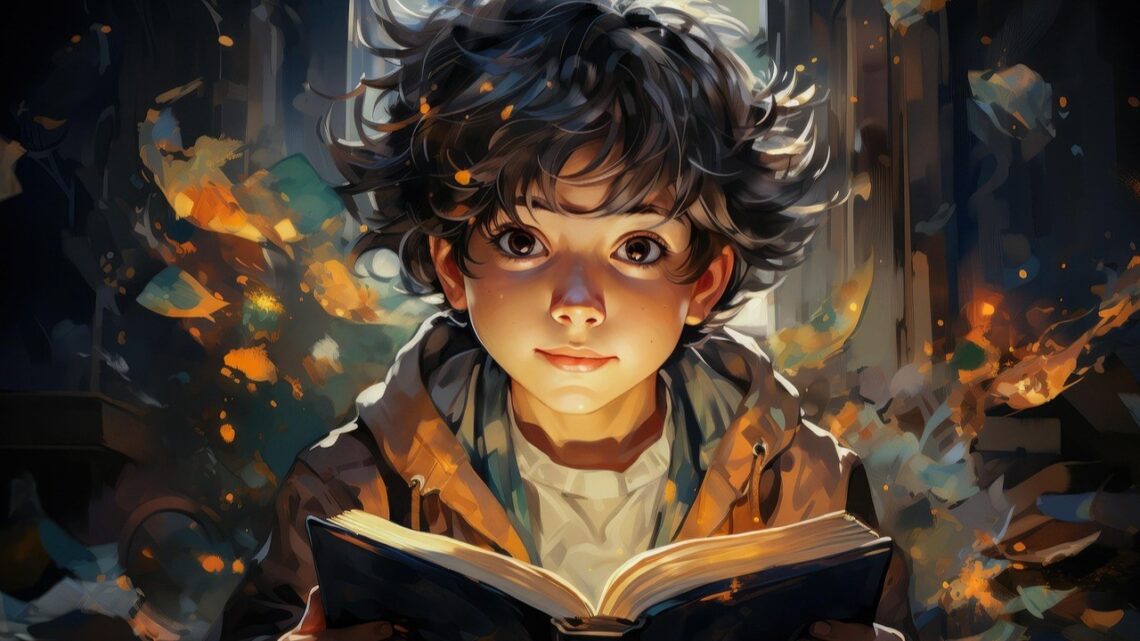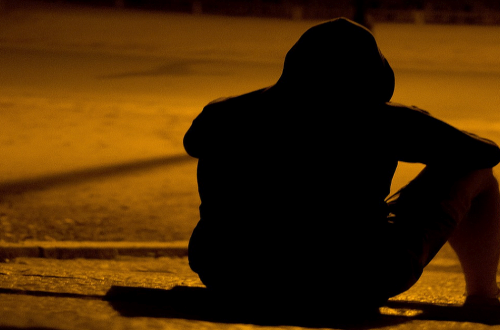
The Big Idea #2 In essence individual learners have a learning zone
The Big Idea #2 How do children learn?
How do children learn? That is one of the most inportant questions of a lifetime. It means having the ability and the skill to guide a society toward a better future. My hopes are that STEM courses Science, Technology, Engineering, and Mathematics will provide the next generation with cutting edge thinking. Common sense! Directing our youth and young adults toward STEM is paramount to our society.
Children’s Knowledge and the Brain Learning zones.
A little bit of old school, and a little bit of new. In essence individual learners have a learning “zone” (Vygotsky, 1978).
The zone of proximal development, demonstrates that children can complete certain tasks, with little support or with the support of others and/or supportive content. Children also have multiple intelligences. Infants respond to facial recognition and numbers (early predispositions). It’s sad to think, that as humans we lose much of our recognition ability as we mature.
Learning that an infant holds a wider range of cognitive ability than we have been told in the past is noteworthy. Vygotsky recommended cooperative learning exercises to help students who are not as accomplished develop new problem-solving skills with the aid of their more competent peers. Students should be allowed to problem solve at their own pace – within their zone of proximal development.
Understanding Children’s Knowledge and the Brain
Understanding how knowledge is developed is a very effective method for teaching and designing instruction, because our earlier knowledge is apparent by our performance. Young learners need assistance to help them understand what it means to learn and remember. When we design learning activities that supports prior knowledge, we then support learners in their development, and we help to reinforce their understanding. Building around the zone of proximal development helps learners to be able to advance to more complex forms of learning.
Entering the Adult World of Learning.
Each of us has some type of understanding of what own abilities are. When we understand what we are good at, and what skills we are not good at, we can begin the process which leads to effective intentional learning. Those skills come from being able to observe our accomplishments, right discrepancies, and to strategically plan; and be self-regulating.
The impact for me as an educator will be to recognize when a student is within their learning zone, and when they need assistance outside of that zone. I need to be able to guide a student in such a manner that they can become an effective problem solver.
It’s one thing to tell a student to solve a problem, but an entirely different matter to teach the art of problem solving itself. It is important to only interject guidance when it is needed in order to help your students reach that zone where they can solve problems on their own.
It’s one thing to tell a student to go solve a problem, but an entirely different matter to teach the art of problem solving itself.




